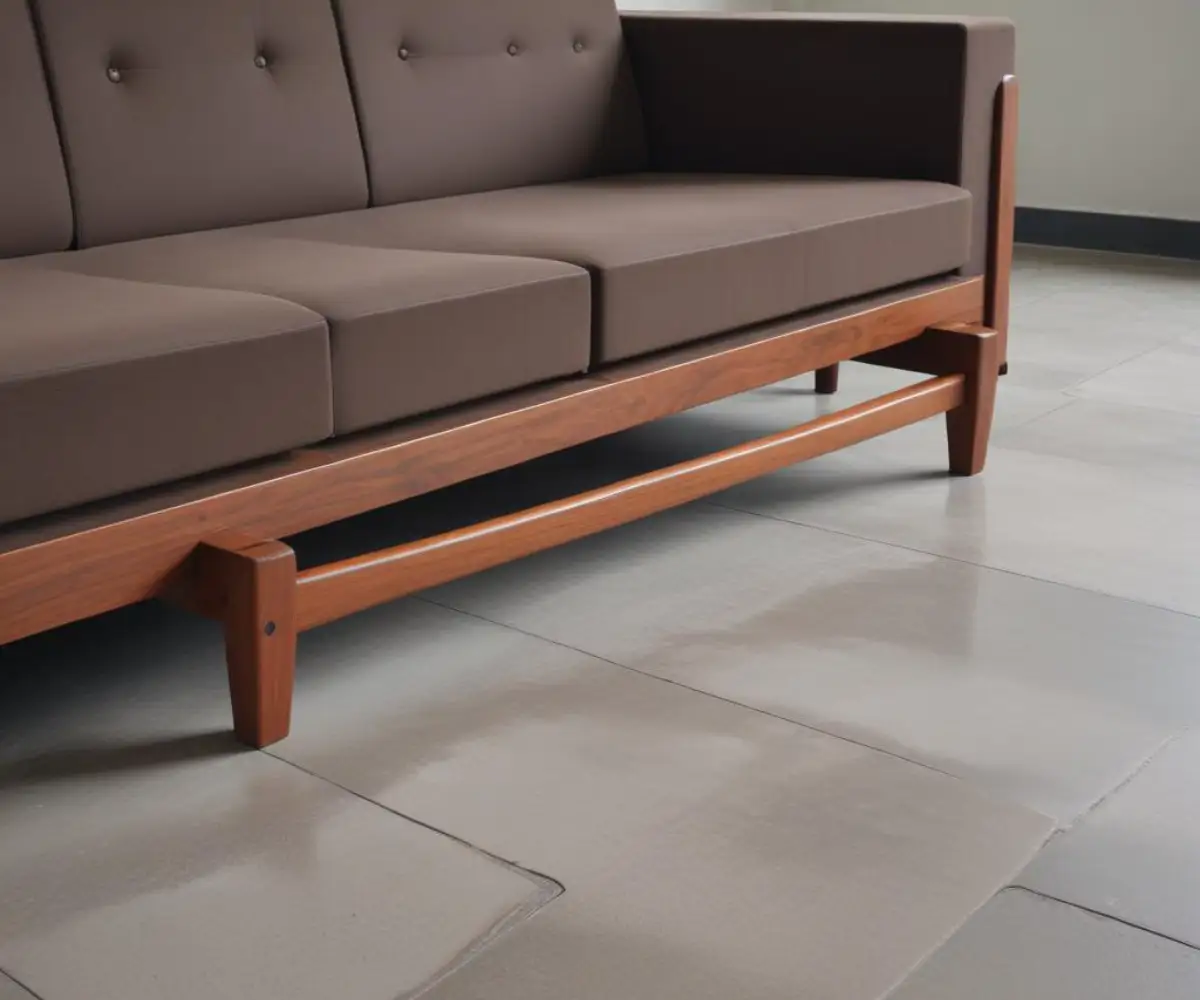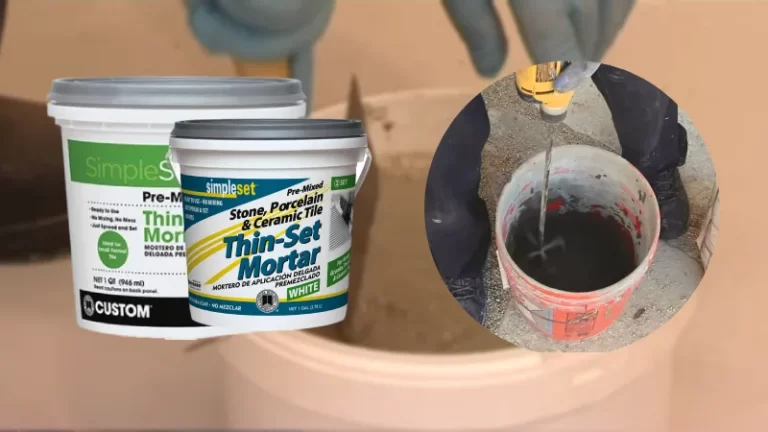Furniture Sliders on Concrete: Your Guide to Scratch-Free Moving
Moving heavy furniture across a concrete floor can feel like an impossible task. You risk deep, ugly scratches on your polished or sealed concrete, damage to your expensive furniture, and even serious physical strain. It’s a common problem that leaves many homeowners feeling stuck and frustrated.
The core of the issue lies in the nature of concrete itself. While incredibly durable, it can be abrasive, especially if it’s an unsealed or broom-finished surface. The smallest piece of grit or debris can become a powerful scratching agent when trapped under the immense weight of a sofa or cabinet.
This is where furniture sliders come in, promising an easy, gliding solution. But can they really work on a surface as tricky as concrete? The answer is a resounding yes, but only if you use the right type of slider and follow the correct procedure. Using the wrong approach can make the problem much, much worse.
You'll Learn About
Why Concrete Floors Are a Unique Challenge
Unlike carpet, where plastic sliders glide with ease, or even hardwood, where soft felt is the go-to, concrete presents a different set of rules. The surface texture can vary dramatically, from a mirror-like polish in a living room to a rougher finish in a garage or basement.
A polished concrete floor is susceptible to fine scratches that dull its finish, while a rougher surface can tear apart the wrong kind of slider, leaving residue and potentially causing gouges. The key is to match the slider material to your specific concrete finish to ensure a smooth, damage-free move.
Choosing the Right Furniture Sliders for Concrete: A Critical Decision
The most common mistake people make is grabbing any old furniture slider and hoping for the best. When it comes to concrete, the material of the slider is the single most important factor for success. Your choice will determine whether your furniture glides like it’s on ice or grinds across the floor like sandpaper.
Hard Plastic vs. Felt Sliders: The Great Debate
For most concrete surfaces, especially those in garages, patios, or basements that may have a rougher texture, hard plastic sliders are the superior choice. Materials like polyethylene or PTFE (Teflon) are durable and create a low-friction surface that can slide over minor imperfections in the concrete.
Felt sliders, which are excellent for hardwood or laminate, can be problematic on concrete. They are soft and porous, which means they easily trap sand, dirt, and other debris. When you slide a heavy piece of furniture on a grit-embedded felt pad, you are essentially grinding that debris directly into your concrete’s surface, which can cause a web of fine scratches.
However, for very smooth, highly polished interior concrete floors that are perfectly clean, high-quality, dense felt sliders can work. The risk is simply higher if any debris is present. If you’re ever in doubt, opt for hard plastic sliders.

Key Features to Look For in Concrete Sliders
When shopping for furniture sliders for your concrete floors, keep an eye out for a few essential features. Look for sliders that are thick and durable, capable of withstanding the weight of your heaviest items without cracking or deforming.
The size and shape are also important; ensure the slider is slightly larger than the furniture leg it will support. This provides a stable base and prevents the leg from slipping off the edge during the move. Finally, consider reusable sliders that you can simply place under the furniture, as they offer more versatility than permanent adhesive options.
| Slider Type | Best For | Concrete Suitability | Key Considerations |
|---|---|---|---|
| Hard Plastic / PTFE (Teflon) | Carpet, Rough Concrete, Patios | Excellent | Durable and smooth-gliding on abrasive surfaces. The best all-around choice for concrete. |
| Felt Sliders | Hardwood, Laminate, Tile, LVT | Use with Caution | Only suitable for perfectly clean, highly polished indoor concrete. Can trap grit and cause scratches. |
| Rubber-Backed Sliders | Stationary Furniture (Anti-Slip) | Not for Sliding | Designed to prevent movement, not facilitate it. Do not use for moving furniture. |
| Screw-On Nylon Glides | Outdoor Furniture, Frequent Movement | Very Good | A more permanent solution that is weatherproof and slides easily on smooth concrete. |
A Step-by-Step Guide: How to Use Furniture Sliders on Concrete Safely
Using furniture sliders on concrete is about more than just placing them under the legs and pushing. A methodical approach is necessary to protect both your floor and your furniture. Following these steps will ensure a safe and successful move.
Step 1: Prepare the Concrete Floor
This is the most critical step and cannot be skipped. You must start with a spotlessly clean floor. Any dirt or grit left on the surface will get trapped under the sliders and cause scratches, no matter which type of slider you use.
First, sweep the entire area thoroughly to remove larger debris. Then, use a powerful vacuum with a hard floor attachment to pick up all remaining dust and fine grit. For interior floors, it’s wise to follow up with a damp mop to ensure the surface is completely free of any abrasive particles.
Step 2: Prepare the Furniture
Take a moment to wipe the bottom of the furniture legs. Dust and grime can accumulate there and fall off during the move, creating a new scratching hazard. This is also the time to empty the furniture; remove all items from drawers and cabinets to make the piece as light as possible.
Lifting extremely heavy furniture to place the sliders can be a challenge in itself. Sometimes, the difficulty isn’t just sliding it, but managing its bulk in tight spaces. If you find yourself in a situation where you can’t get furniture up the stairs or through a difficult hallway, the same principles of leverage and assistance apply to lifting it for sliders.
Step 3: Placing the Sliders
To place the sliders, you’ll need to lift one corner or side of the furniture at a time. For very heavy pieces, use a pry bar or a furniture lifter to get just enough clearance to slide the disk underneath. Never put your fingers under the furniture.
Make sure each furniture leg is centered on its slider. If a leg is off-center, it can create an unstable point of pressure, and the slider might slip out from under the furniture as you push it. A secure and centered placement is key to a smooth glide.
Step 4: The Art of the Smooth Slide
Once all the sliders are securely in place, you’re ready to move. Always push the furniture slowly and steadily rather than pulling it. Pushing gives you more control and allows you to watch the path ahead for any obstacles.
Move deliberately and listen for any grinding or scraping sounds. A sudden grating noise is a clear signal that a piece of debris has become trapped. Stop immediately, lift the furniture, and clear the obstruction from both the floor and the slider before continuing.
Common Mistakes to Avoid (And How to Fix Them)
Even with the best intentions, mistakes can happen. Being aware of the common pitfalls can help you avoid costly damage to your beautiful concrete floors.
- Using Felt Sliders on Rough Concrete: This is the most frequent error. The felt will shred, and any embedded dirt will scratch the floor. Solution: Always default to hard plastic sliders for garages, basements, and patios.
- Forgetting to Clean the Floor: Skipping the cleaning step is a recipe for disaster. Solution: No matter how clean it looks, always sweep and vacuum before you start.
- Using Sliders That Are Too Small: A small slider under a large leg can cause instability and pressure cracks. Solution: Choose a slider that is slightly wider than the furniture leg.
Protecting your floors should always be a priority during any home project. Just as you take care to avoid scratches on concrete, you’d want to know how to fix dents in engineered wood floors if you were working in a different room. Prevention is always the best strategy.
DIY Alternatives to Furniture Sliders on Concrete
If you’re in a pinch and need to move furniture without proper sliders, there are a few household items you can use as temporary solutions. However, these methods come with increased risk and should be used with extreme caution.
For smooth, polished concrete, thick, old blankets or towels can work. The fabric must be clean, and the floor must be immaculate. For rougher concrete, sturdy pieces of cardboard can provide a temporary barrier, but they will likely be destroyed in the process and may not slide easily.
Another option is using a furniture dolly with rubber wheels. Just be sure the wheels are clean and in good condition to avoid leaving marks. These DIY methods are not ideal, but they can work for a short, necessary move if you are careful.
Caring for Your Concrete Floor After Moving Furniture
Once your furniture is in its new position, take a moment to care for your floor. Remove the sliders and inspect the surface for any scuffs or marks. In most cases, if you’ve followed the steps correctly, your floor will be in perfect condition.
Give the area another quick clean to remove any dust that may have been disturbed during the move. This final step ensures your space is ready to enjoy and your concrete floor remains a durable, beautiful feature of your home.
Now that you’ve mastered moving your furniture like a pro, you might be inspired to tackle other home improvement projects. If a fresh coat of paint is next on your list, you may be wondering about the logistics and how much do painters charge to move furniture, a task you’re now perfectly equipped to handle yourself.
Ultimately, using furniture sliders on concrete is not just possible—it’s the smartest way to move heavy items. By choosing the right sliders and meticulously preparing your floor, you can rearrange your space as often as you like without fear of damage. A little preparation goes a long way in preserving the integrity and beauty of your concrete floors.

